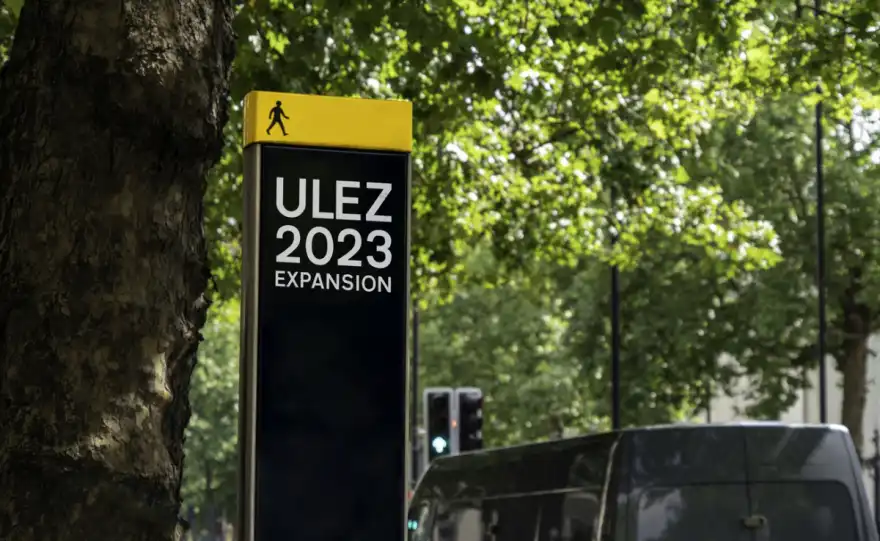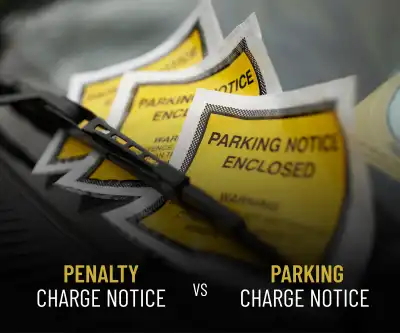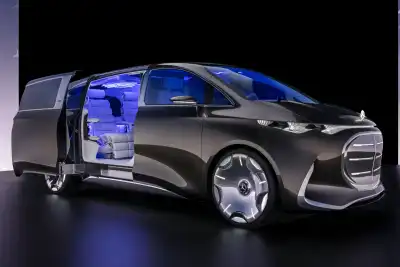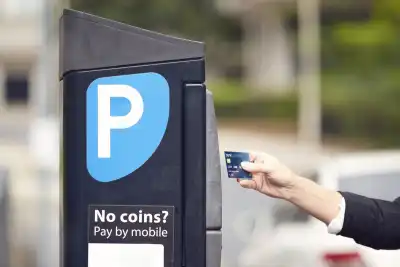
Recent data from London City Hall shows that last year’s citywide expansion of the Ultra-Low Emissions Zone (ULEZ) has reduced harmful emissions, but not as dramatically as the original 2019 rollout.
According to the Greater London Authority (GLA), the ULEZ expansion has cut roadside emissions by 3.5% within just six months. Specifically, Nitrogen Oxide (NOX) gases—which contribute to the formation of harmful Nitrogen Dioxide (NO2)—have dropped by up to 13% from car traffic and 7% from vans.
The £12.50 daily charge has driven many drivers to switch to newer, ULEZ-compliant vehicles. Check your vehicle's ULEZ compliance here.
City Hall reports that while the total number of vehicles on the road “[has] stayed broadly the same compared to before the London-wide ULEZ expansion”, ULEZ-compliant vehicles in outer boroughs increased from 93% to 97.1% over six months.
London Mayor Sadiq Khan noted, “The decision to expand the ULEZ London-wide was a difficult one… [but the] report shows that the ULEZ is working even better than expected.”
“The expansion to outer London is already having a significant effect,” he said, “driving down levels of pollution, taking old polluting cars off our roads and bringing cleaner air to millions more Londoners.”
However, the study indicates that the impact of the recent expansion falls short compared to the initial ULEZ introduction. Five years ago, the original ULEZ cut harmful emissions in Central London by 48% and by 21% in Inner London.
In the recent mayoral election, Conservative candidate Susan Hall pledged to eliminate ULEZ, labelling it a “war on motorists.” Tory Assembly member Neil Garret criticized the expansion, suggesting it "shows the £500m cost of expanding the ULEZ to outer London has delivered minimal reduction in air pollution, despite the mayor’s claims.”
The ULEZ has also proven to be a revenue generator for Transport for London, with earnings rising from £23.6 million in its first month to £130 million five months later.
Nonetheless, Transport for London (TfL) states that the scheme won’t start generating profit until 2026. Over £210 million is being invested in a scrappage scheme, offering drivers of non-compliant cars either £2,000 or a smaller amount plus a London bus pass.
What are your thoughts on ULEZ? Drop your comments below!




